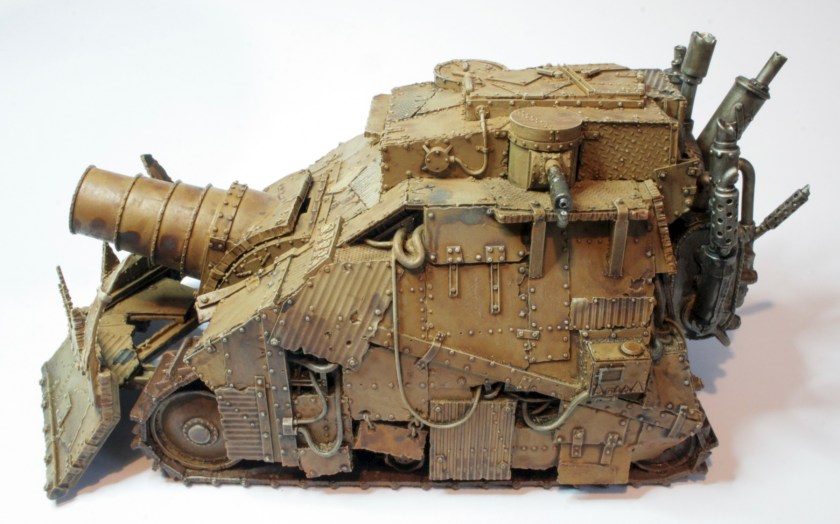This BAe Harrier GR9A was on display at RAF Cosford.

The Harrier, informally referred to as the Jump Jet, is the famous family of British-designed military jet aircraft capable of vertical/short take-off and landing (V/STOL) operations. The Harrier family is the only truly successful design of this type from the many that arose in the 1960s.

There are four main versions of the Harrier family: Hawker Siddeley Harrier, British Aerospace Sea Harrier, Boeing/BAE Systems AV-8B Harrier II, and BAE Systems/Boeing Harrier II. The Hawker Siddeley Harrier is the first generation-version and is also known as the AV-8A Harrier. The Sea Harrier is a naval strike/air defence fighter. The AV-8B and BAE Harrier II are the US and British variants respectively of the second generation Harrier aircraft. Between 1969 and 2003, 824 Harrier variants were delivered, including remanufactured aircraft.

Historically the Harrier was developed to operate from ad-hoc facilities such as car parks or forest clearings, avoiding the need for large air bases vulnerable to tactical nuclear weapons. Later the design was adapted for use from aircraft carriers.
Following an approach by the Bristol Engine Company in 1957 that they were planning a directed thrust engine, Hawker Aircraft came up with a design for an aeroplane that could meet the NATO specification for a “Light Tactical Support Fighter”. The resultant Hawker P.1127 was ordered as a prototype and flew in 1960.
Development continued with nine evaluation aircraft, the Hawker Siddeley Kestrel; These started flying in 1964 and were assessed by the “Tri-partite Evaluation Squadron” which consisted of British, US and German pilots, and several flew and are preserved in the United States. The RAF ordered a modified P.1127/Kestrel as the Harrier GR.1 in 1966, with most converted to GR.1A and ultimately GR.3 status in the 1970s with more powerful engines. These and new-build GR3s operated with the RAF until 1994, and a number survive in museums around the world as well as frequent use as ‘gate guards’ at MoD establishments.
The British Aerospace Sea Harrier is a naval V/STOL jet fighter, reconnaissance and attack aircraft, a development of the Hawker Siddeley Harrier. The first version entered service with the Royal Navy’s Fleet Air Arm in April 1980 as the Sea Harrier FRS.1, and was informally known as the ‘Shar’. The upgraded Sea Harrier FA2 entered service in 1993. It was withdrawn from Royal Navy service in March 2006. The Sea Harrier FRS Mk.51 remains in active service with the Indian Navy.
The Harrier was extensively redeveloped by McDonnell Douglas and British Aerospace (now parts of Boeing and BAE Systems respectively), leading to the Boeing/BAE Systems AV-8B Harrier II. This is a family of second-generation V/STOL jet multi-role aircraft, including the British Aerospace-built Harrier GR5/GR7/GR9, which entered service in the mid-1980s. The AV-8B is primarily used for light attack or multi-role tasks, typically operated from small aircraft carriers. Versions are used by several NATO countries, including the Spanish and Italian Navies, and the United States.
The BAE Systems/Boeing Harrier II is a modified version of the AV-8B Harrier II that was used by the RAF and the Royal Navy until December 2010, when they were all retired from operational service due to defence cuts in favour of maintaining the remaining Tornado fleet, and stored serviceable at RAF Cottesmore. At the end of November 2011, the UK Government announced the sale of 72 remaining Harrier Airframes to the US Marine Corps for spares to support their AV-8B fleet, with the remaining two others being allocated to museums, including the airframe now at Cosford.
There is a BAe Harrier GR9A at the Imperial War Museum in London.
































